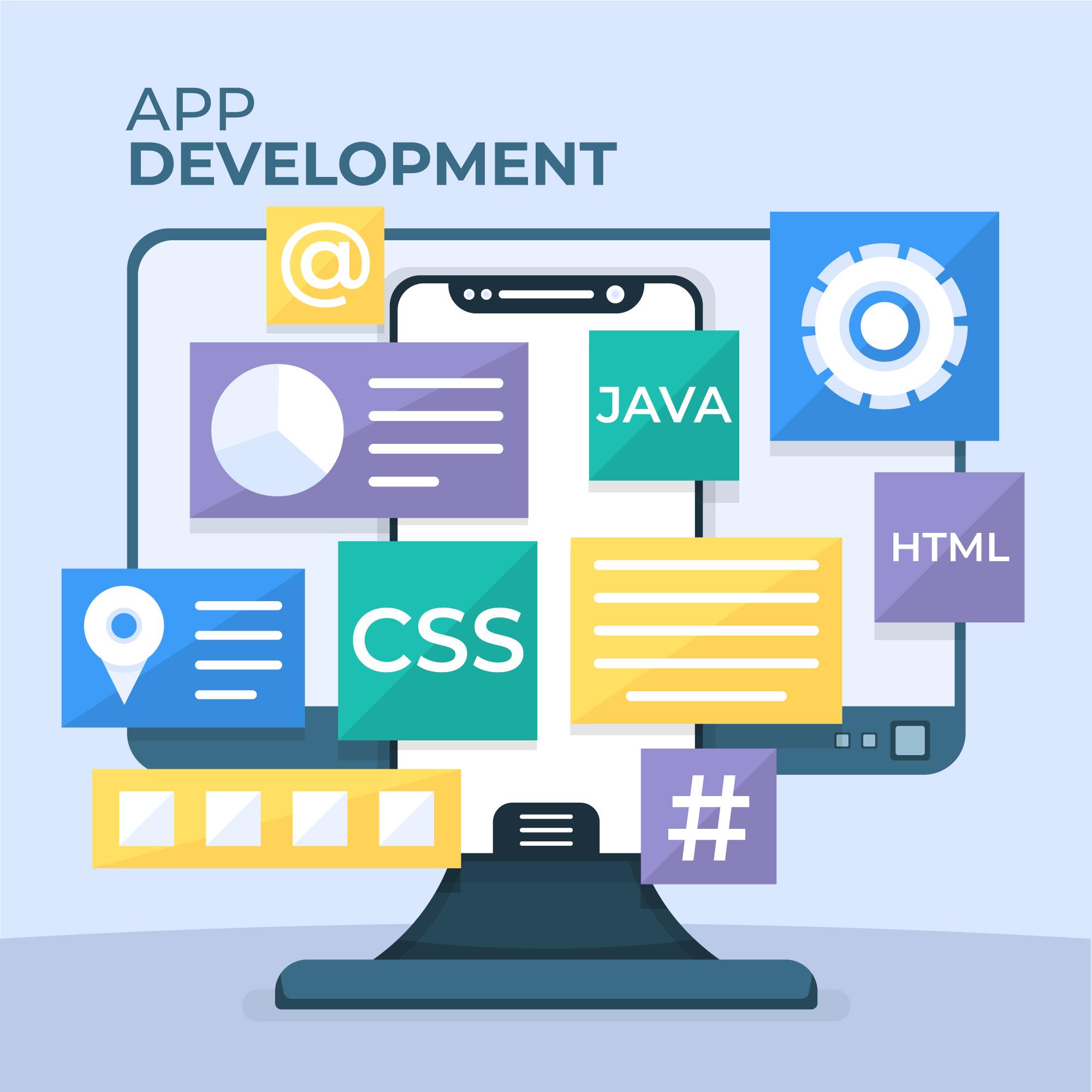HubSpot Sales Hub Implementation: A Comprehensive Guide
Implementing HubSpot Sales Hub into your business can be a transformative step toward improving your sales processes, optimizing workflows, and driving revenue. If you’re considering HubSpot Sales Hub implementation, you’re likely aiming to streamline your sales process and enhance the overall efficiency of your sales team. In this guide, we’ll walk you through the process of implementation, from initial planning to full deployment.
What Is HubSpot Sales Hub?
HubSpot Sales Hub is a suite of sales tools designed to automate and simplify various sales processes. It is part of the HubSpot CRM platform, which is known for its user-friendly interface and easy integration with various marketing tools. The Sales Hub is built to support sales teams in improving productivity, monitoring customer interactions, and ultimately closing more deals.
HubSpot Sales Hub includes several features, such as pipeline management, reporting tools, email tracking, automation workflows, and more. By integrating these tools into your business’s sales process, you can enhance the overall effectiveness of your team, improve customer engagement and increase conversion rates.
The Importance of HubSpot Sales Hub Implementation
A successful HubSpot Sales Hub implementation can significantly transform your sales process. It helps align your sales team’s efforts with customer expectations, reduces manual processes and leverages automation for improved efficiency. Whether you are a small business or a large enterprise, implementing HubSpot Sales Hub can be a game changer for increasing sales performance and enhancing your overall CRM strategy.
Key Benefits of HubSpot Sales Hub Implementation
- Increased Productivity: By automating many tasks, your sales team can focus on more important aspects of the sales process, such as building relationships and closing deals.
- Better Visibility into Sales Pipeline: HubSpot Sales Hub provides clear, real-time insights into your sales pipeline, helping you track deals, forecast revenue, and ensure nothing falls through the cracks.
- Improved Lead Nurturing: With tools like email sequences, lead scoring, and CRM integration, you can better nurture leads, which increases your chances of conversion.
- Data-Driven Decisions: With robust reporting and analytics, HubSpot Sales Hub enables sales managers to make informed decisions based on real-time data.
- Improved Collaboration: It helps align the marketing and sales teams by providing a unified view of the customer journey, ensuring smoother communication.
Steps to Implement HubSpot Sales Hub
Step 1: Define Your Sales Process
Before diving into the technicalities of HubSpot Sales Hub implementation, you need to define your sales process. This includes understanding your sales stages, key milestones, and ideal customer profile (ICP). Without a clear understanding of these factors, it would be challenging to fully integrate HubSpot Sales Hub into your workflows.
- Identify key stages in your sales pipeline.
- Determine your lead qualification criteria.
- Define your sales team’s roles and responsibilities.
Having a clear process in place will help you set up HubSpot Sales Hub effectively and ensure that it aligns with your team’s workflow.
Step 2: Set Up HubSpot CRM
HubSpot Sales Hub is built on top of HubSpot CRM, so your implementation process will start with setting up and customizing the CRM. Begin by importing your existing contacts and companies into the HubSpot CRM. Next, configure your pipeline stages and sales process to match your defined workflow.
Key tasks for HubSpot CRM setup:
- Import contacts from your existing database.
- Set up custom properties to track the information most important to your business.
- Create your pipeline stages based on your defined sales process.
Step 3: Integrate with Other Tools
HubSpot Sales Hub integrates with many other business tools, including email platforms, social media, and customer service software. If you use tools like Gmail, Outlook, or third-party marketing automation software, you can integrate them with HubSpot for more streamlined processes.
Make sure to connect all your key tools to HubSpot, such as:
- Email platforms (e.g., Gmail or Office 365)
- Marketing platforms (e.g., Google Analytics or social media)
- Customer service software (e.g., Zendesk)
Step 4: Automate Sales Processes
One of the most powerful features of HubSpot Sales Hub is its automation capabilities. From email marketing to task assignment, HubSpot Sales Hub allows you to automate repetitive tasks and workflows. This will help your sales team save time and focus on closing deals.
Some key automation features to set up:
- Email Sequences: Automate follow-up emails to nurture leads.
- Workflow Automation: Set up workflows for lead scoring, task assignments, and deal progression.
- Task Reminders: Automate task creation and reminders based on actions and deal stages.
Step 5: Train Your Team
HubSpot Sales Hub is intuitive, but training your team is essential for a successful implementation. Provide them with resources like HubSpot Academy, which offers free courses on various features of the platform. Make sure your team knows how to use key features such as email tracking, pipeline management, and reporting tools.
Training should cover the following areas:
- How to manage leads in the CRM.
- How to use email tracking and automation.
- How to leverage reporting and analytics tools.
Step 6: Monitor, Measure, and Optimize
Once you have implemented HubSpot Sales Hub, it’s time to monitor the performance and make necessary adjustments. HubSpot’s reporting tools allow you to track key performance indicators (KPIs) like deal progress, lead conversion rates, and overall team productivity.
- Regularly check your sales pipeline for bottlenecks.
- Use the analytics dashboard to assess your sales team’s performance.
- Make necessary adjustments to workflows and automation based on insights.
Step 7: Ongoing Support and Refinement
HubSpot offers excellent customer support, but it’s also important to continuously refine and optimize your implementation as your business grows. As you scale, revisit your sales processes and HubSpot settings to ensure they remain aligned with your goals.
FAQs
1. How long does it take to implement HubSpot Sales Hub?
The timeline for HubSpot Sales Hub implementation depends on the complexity of your sales processes and the number of tools you need to integrate. On average, it can take anywhere from a few weeks to a couple of months to fully implement and optimize HubSpot Sales Hub.
2. Can HubSpot Sales Hub integrate with my existing CRM?
Yes, HubSpot Sales Hub can integrate with other CRMs through third-party connectors or API. However, for the best experience, it is recommended to use HubSpot CRM as the core system.
3. Is HubSpot Sales Hub suitable for small businesses?
Absolutely! HubSpot Sales Hub is ideal for small businesses as it is affordable, easy to use, and highly customizable to suit your specific needs. HubSpot’s free CRM also allows small businesses to get started without heavy upfront costs.
4. Do I need technical expertise to implement HubSpot Sales Hub?
HubSpot is designed to be user-friendly, and most businesses can implement it with minimal technical expertise. However, if you have a more complex sales process or need advanced customization, it may be beneficial to consult with a HubSpot expert or agency.
5. How do I measure success after HubSpot Sales Hub implementation?
Success can be measured by tracking key metrics such as increased sales conversion rates, improved lead nurturing, higher deal closure rates, and greater overall sales team productivity. HubSpot’s built-in reporting tools can help you analyze these metrics.
Conclusion
HubSpot Sales Hub implementation can be a game-changing decision for your sales team. From better pipeline management to advanced automation features, HubSpot offers a powerful platform that can streamline your sales processes and increase your efficiency. With careful planning, proper training, and ongoing optimization, your team can unlock the full potential of HubSpot Sales Hub.
Remember, successful implementation is all about aligning HubSpot with your business needs, so take the time to map out your sales process and choose the features that will help you achieve your goals. Ready to get started? Dive into HubSpot Sales Hub implementation today and watch your sales performance soar!






